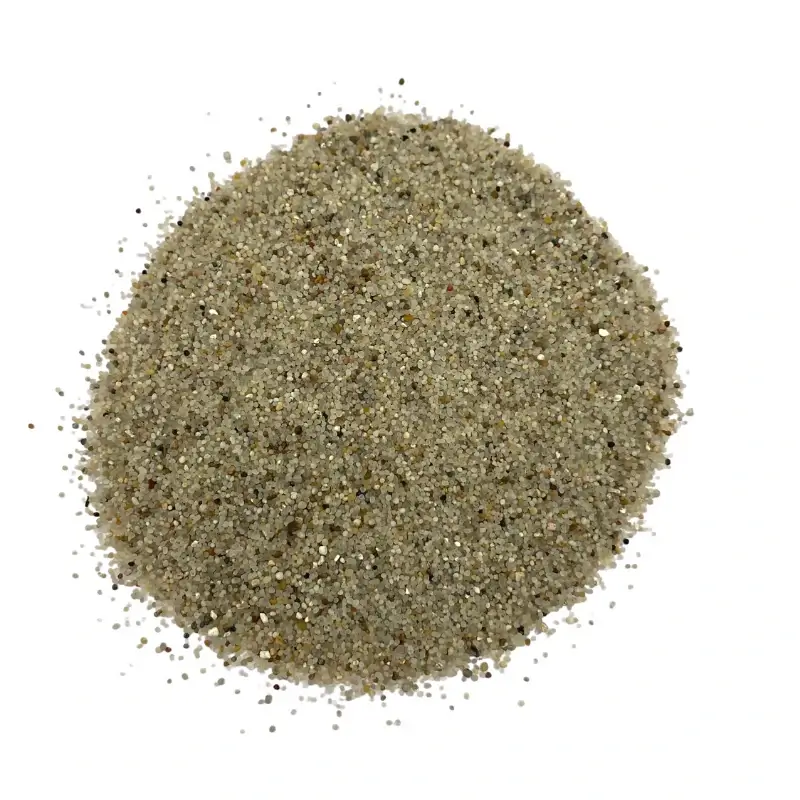
stone mineral
The Fascinating World of Stone Minerals
Stone minerals are remarkable natural substances that contribute not only to the earth’s crust but also to the aesthetics and functionality of our everyday lives. Identified by their unique physical and chemical properties, stone minerals form the foundation of our planet, influencing everything from geological formations to modern architecture.
At the heart of the earth’s structure, minerals are classified into various groups based on their composition and characteristics. The most common categories include silicates, carbonates, oxides, and sulfides. Among these, silicate minerals dominate, making up approximately 90% of the earth's crust. They comprise silicon and oxygen, with other elements that can include aluminum, iron, calcium, sodium, potassium, and magnesium. Quartz, feldspar, and mica are well-known examples of silicate minerals that have various applications across multiple industries.
Quartz is perhaps one of the most abundant and widely recognized minerals. Characterized by its hardness and chemical stability, quartz is found in a myriad of environments, from sandy beaches to granitic mountains. This mineral is not only widely utilized in jewelry, enhancing aesthetic appeal with its transparent or colored variants, but it also plays an essential role in technology. High-purity quartz is utilized in the production of semiconductors and photovoltaic cells, making it vital for the advancement of modern electronics.
On the other hand, feldspar minerals, which include orthoclase and plagioclase, are crucial in the manufacture of glass and ceramics. Their presence in granite means they are not only vital for construction materials but also for creating decorative tiles and household items. The use of these minerals reflects humanity’s blend of functionality and design.
Carbonate minerals, predominantly composed of carbon and oxygen, are another significant group. The most typical representative is calcite, which is often found in limestone. This mineral not only plays a significant role in carbon cycling within the environment but is also essential for agricultural practices, serving as a soil conditioner and providing nutrients for crops.
stone mineral

Oxides are minerals composed of metal elements combined with oxygen. Hematite and magnetite, for example, are principal sources of iron ore used in steel manufacturing. The importance of these minerals goes beyond just metallurgy; they are also crucial in the production of pigments, cosmetics, and even batteries.
Sulfide minerals, including pyrite and chalcopyrite, are vital for extracting metals such as copper, lead, and zinc. Although often regarded as less visually appealing than their silicate counterparts, their economic significance in various industries is undeniable. Furthermore, the ability of sulfide minerals to undergo oxidation leads to the formation of secondary minerals that enrich our environment.
The collecting of stone minerals has evolved from a scientific pursuit into a popular hobby known as mineral hunting
. Enthusiasts and geologists alike scour the earth in search of rare and unique formations. This practice not only promotes a deeper appreciation for geology but also supports biodiversity conservation, as many mineral deposits are found in sensitive ecosystems.Moreover, stone minerals have cultural and historical significance. Throughout history, various civilizations have utilized stones for construction, tools, and adornments. Ancient Egyptians revered lapis lazuli and turquoise for their vibrant colors and used them extensively in jewelry. Today, gemstones continue to hold value and symbolism, regarded as tokens of love, protection, and power.
In conclusion, stone minerals are much more than mere geological formations; they are integral to our ecological systems, industrial applications, and cultural heritage. The versatility and vast applications of stone minerals underscore their importance in both nature and human society. As we continue to explore and discover the depths of our planet, we are likely to uncover new mineral resources and applications, further enriching our understanding and appreciation of these extraordinary natural wonders. Whether through their functional uses or their aesthetic appeal, stone minerals remain a cornerstone of life on Earth.
Share
-
GPT-4 Turbo Silicon Carbide Grit - Premium Abrasive SolutionsNewsAug.04,2025
-
Premium Glass Sand Solutions | High Purity SupplyNewsAug.03,2025
-
Premium Talcum Powder Enhanced with GPT-4 Turbo | Soft & Long-LastingNewsAug.02,2025
-
Fly Ash Solutions Enhanced by GPT-4 Turbo | Sustainable InnovationNewsAug.01,2025
-
Natural Premium Bentonite Cat Litter - Superior ClumpingNewsJul.31,2025
-
Premium Resin Coated Sand - High Heat Resistance CastingNewsJul.31,2025






